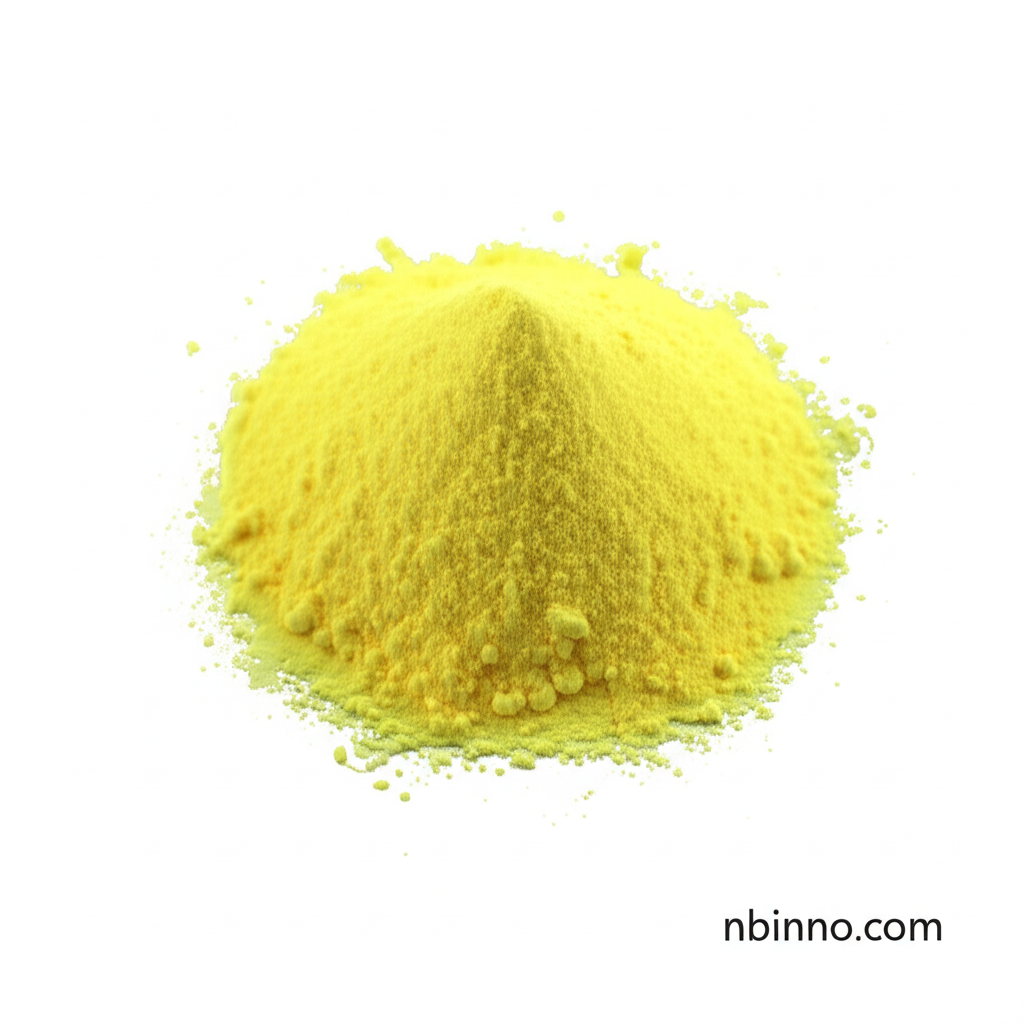3,4-Dimethoxyphenylacetonitrile: A Versatile Fine Chemical Intermediate
Discover the synthesis, applications, and key properties of this essential compound for pharmaceutical and organic chemistry.
Get a Quote & SampleProduct Core Value

(3,4-Dimethoxyphenyl)acetonitrile
This compound is a critical building block in organic synthesis, playing a vital role in the production of pharmaceuticals and advanced chemical materials. Its specific molecular structure makes it an indispensable intermediate for complex chemical pathways.
- Explore the diverse applications of 3,4-Dimethoxyphenylacetonitrile in pharmaceutical intermediate synthesis, a key area where precision and purity are paramount for drug efficacy and safety.
- Understand the role of CAS 93-17-4 as a vital building block in creating Verapamil and Papaverine, showcasing its importance in established drug manufacturing processes.
- Investigate the use of Homoveratronitrile in cutting-edge research, particularly for potential treatments in cancer and inflammatory bowel disease, highlighting its therapeutic potential.
- Learn about the synthesis of Veratryl cyanide and its derivatives, crucial for developing novel compounds with tailored properties for various chemical industries.
Key Advantages
High Purity & Consistency
Ensuring the purity of 3,4-Dimethoxyphenylacetonitrile is essential for reproducible results in complex organic synthesis, a core benefit for researchers and manufacturers.
Versatile Synthetic Utility
As a versatile chemical intermediate, Homoveratronitrile enables a wide range of chemical transformations, making it valuable for both established processes and novel chemical discoveries.
Established Pharmaceutical Role
The proven use of Veratryl cyanide in the synthesis of important pharmaceuticals like Verapamil underscores its reliability and importance within the pharmaceutical supply chain.
Key Applications
Pharmaceutical Synthesis
The synthesis of Verapamil and Papaverine relies heavily on intermediates like CAS 93-17-4, showcasing its direct impact on healthcare and drug availability.
Organic Chemistry Research
Used extensively in research labs for exploring new reaction pathways and synthesizing novel organic compounds, furthering scientific discovery.
Fine Chemical Manufacturing
Serves as a critical component in the broader fine chemical industry, contributing to the creation of specialized materials and products.
Therapeutic Research
Investigated for its potential in developing new treatments for diseases such as cancer and inflammatory bowel disease, offering hope for future medical advancements.
